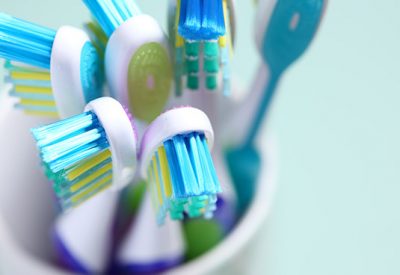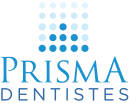
How to choose the right toothbrush
Brushing your teeth at least twice a day is great. Choosing the right toothbrush for yourself is even better! In general:
- Select a toothbrush with a compact, rounded head that can follow the surface of the teeth.
- Opt for soft bristles that preserve enamel and protect the gums. This is even more important as we get older, when the mandibular bone contracts and the gums follow.
- Make sure the brush has a comfortable grip for maximum efficiency.
Manual or electric?
It was long thought that the electric brush was, umm, a lazy person’s item. However, statistics show that it often encourages longer brushing time and is more attractive for children to use. If you feel like buying an electric toothbrush, go for it! There are several technologies you can choose based on your preference:
- Some electric toothbrushes combine several movements, like rotation, oscillation, and pulsation, to help you remove more plaque.
- There are also toothbrushes with softer bristles and less movement, a good choice if you have sensitive gums.
- Did you know that some manufacturers even make brushes equipped with pressure sensors that give an audible warning when you’re pressing too hard?
- Brushes with timers are particularly effective with children who don’t have a sense of time.
- The analytical person in you will want to discover smart Bluetooth brushes! You can analyze and even correct your brushing habits. Progress won’t stop—especially with dental care.
Finally, don’t forget to replace your toothbrush every three months, i.e. as soon as the bristles curl and the whitish layer deposited by the toothpaste at the base of the bristles resists rinsing.
Approved by Dr Lechner

Dr. François Lechner founded the Prisma Dentistes in TMR more than 30 years ago. Over the course of his practice, he has developed his skills in general and family dentistry and is proud to offer a complete service to his patients. He is also interested in neuromuscular dentistry and the management of sleep disorders.
